We may earn money or products from the companies mentioned in this post. This means if you click on the link and purchase the item, I will receive a small commission at no extra cost to you ... you're just helping re-supply our family's travel fund.
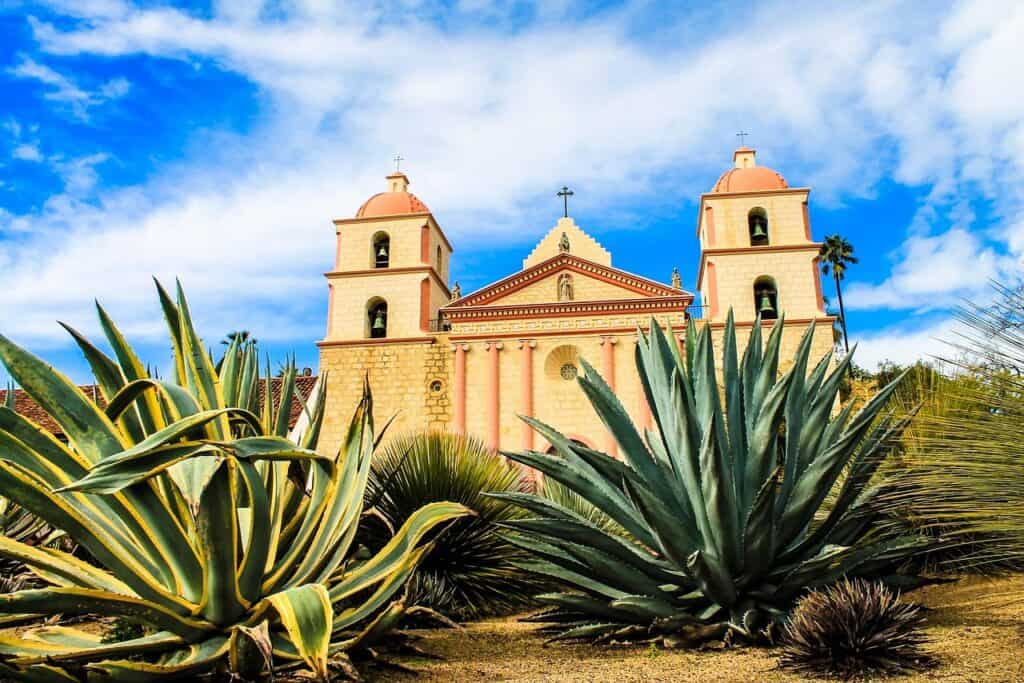
Here’s the thing: you don’t have to live in a megacity to enjoy a solid public transportation system. In fact, some smaller U.S. cities deliver unexpectedly strong transit frequent buses, regional rail, ferries, commuter routes that make driving optional, not essential. In this post, you’ll meet ten such places. I’ll walk through what makes each of them stand out, and what lessons you can take away if you care about building better transit where you live.
1. Ithaca, New York
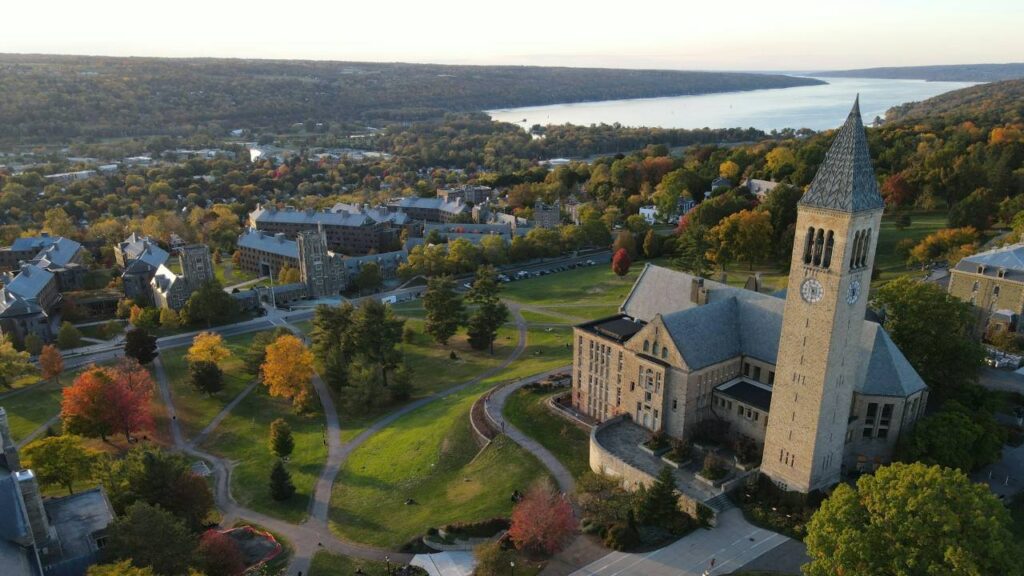
Ithaca surprises many. It’s not vast, but transit there feels alive. The Tompkins Consolidated Area Transit (TCAT) system runs numerous routes connecting Ithaca with surrounding towns and Cornell University. It offers frequent service on main corridors, night routes on weekends, and “flex” buses that deviate to meet riders in less dense zones. Because the student population is significant, ridership is reliable year-round.
What this really means is that dense anchors (the university, downtown) plus steady demand let small systems deliver something meaningful. Ithaca’s transit isn’t perfect service to very remote edges is sparse but in comparison to many small cities, it works. Riders can get where they need without hopping in a car every time.
2. Davis, California
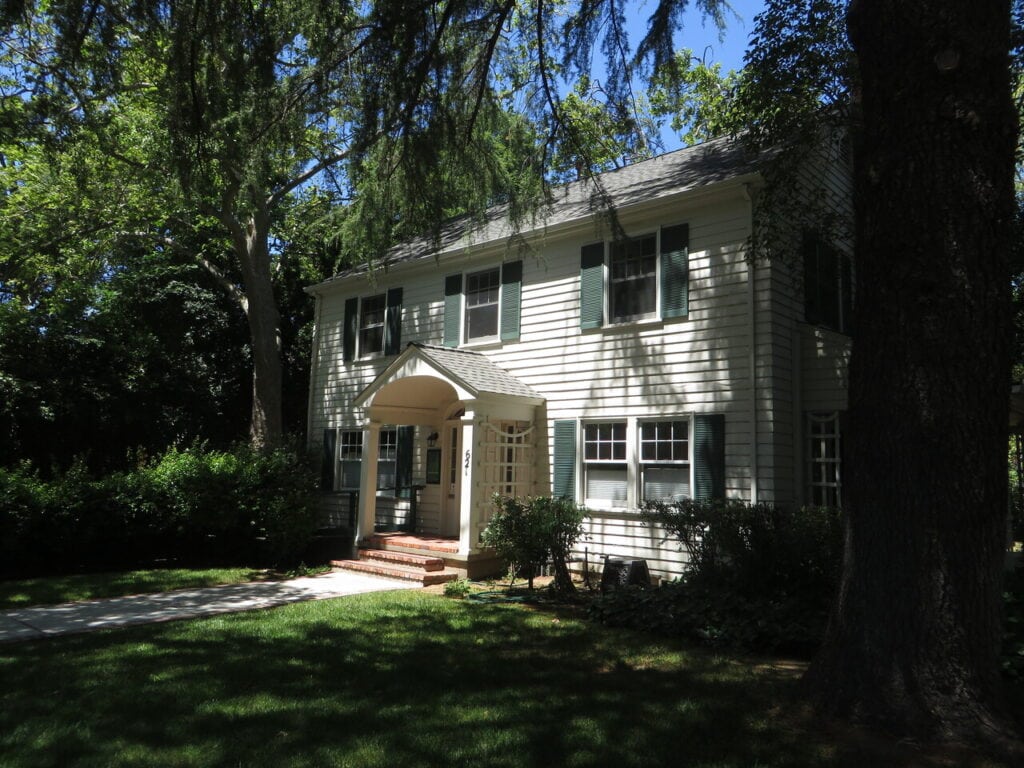
Davis is perhaps best known for being bike-friendly, but it also has a surprisingly strong transit backbone. Yolobus and Unitrans connect neighborhoods, campuses, and nearby cities with frequent routes. Unitrans, run largely by students, emphasizes simplicity, consistency, and coverage. Because of its size and mode mix, you’ll often see riders switching between bikes and buses seamlessly.The trick Davis pulls off is integration. Transit stops are placed near bike paths, timing is coordinated, and the local government supports transit with funding and planning. When you combine density, political will, and tight route design, even a modest system can perform beyond expectations.
3. Burlington, Vermont
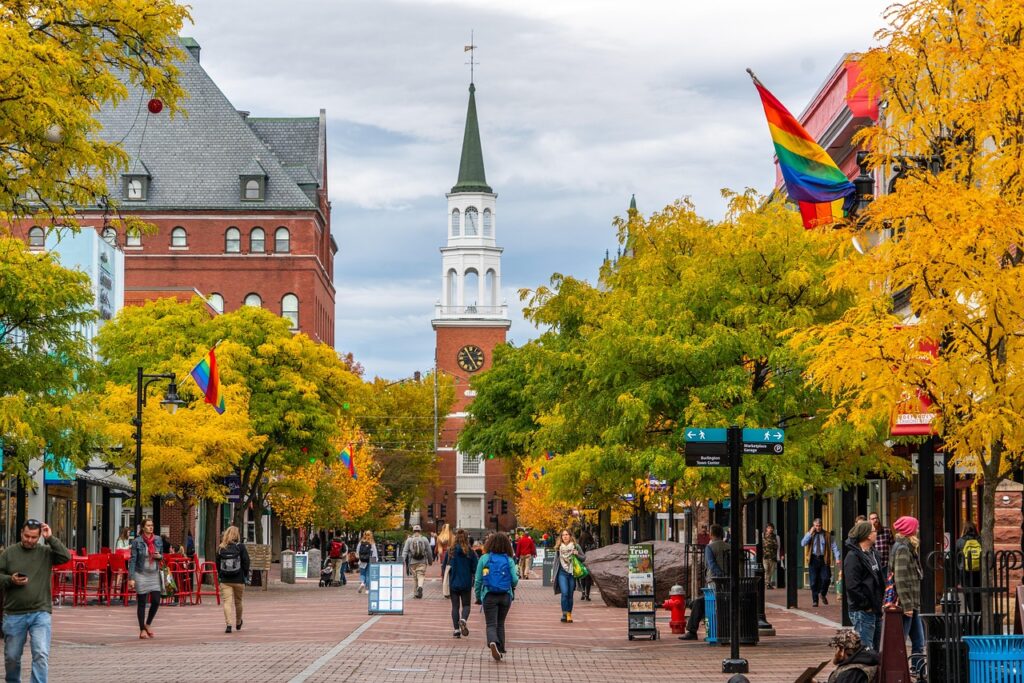
Burlington doesn’t have subways or rail, but its bus system is surprisingly robust for its size. Green Mountain Transit operates routes that not only serve the core city but also reach several towns in Chittenden County. Service is frequent on main lines, and local planning prioritizes transit access in growth zones. Because the city is compact, buses can run with reasonable speed and stops remain useful instead of being too far apart. Also, local policies help: Burlington emphasizes walkability, mixed use, and zoning that supports transit. For you, this underscores that you don’t need huge density to make transit practical just smart layout and ridership base.
4. Albany, New York
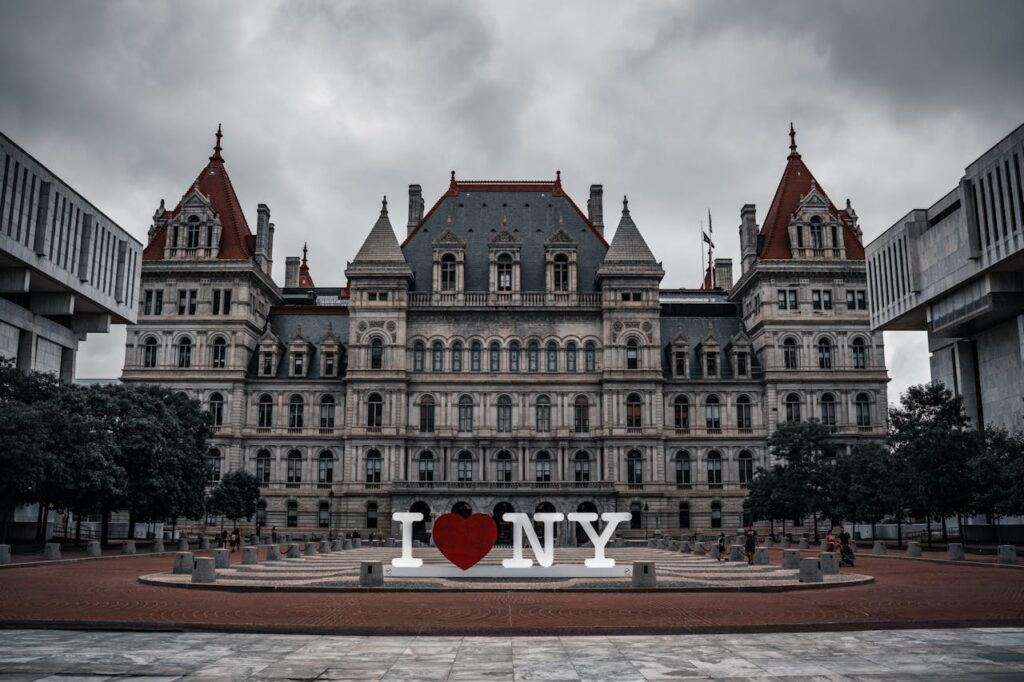
Albany is larger than some of the others on this list, but still smaller than “big transit cities.” Yet it manages a strong network of buses, commuter rail, and cross-county services. The Capital District Transportation Authority (CDTA) links suburbs, downtown, and neighboring communities with frequent service. The inclusion of express buses and park-and-ride hubs helps extend reach.What’s worth noting is that Albany invests in coverage beyond just downtown. They understand that many riders live in satellite towns, so they build routes that connect those areas efficiently. If you live in a smaller metro, that’s a lesson: transit must reach where people actually live, not just where planners want them to go.
5. Ames, Iowa
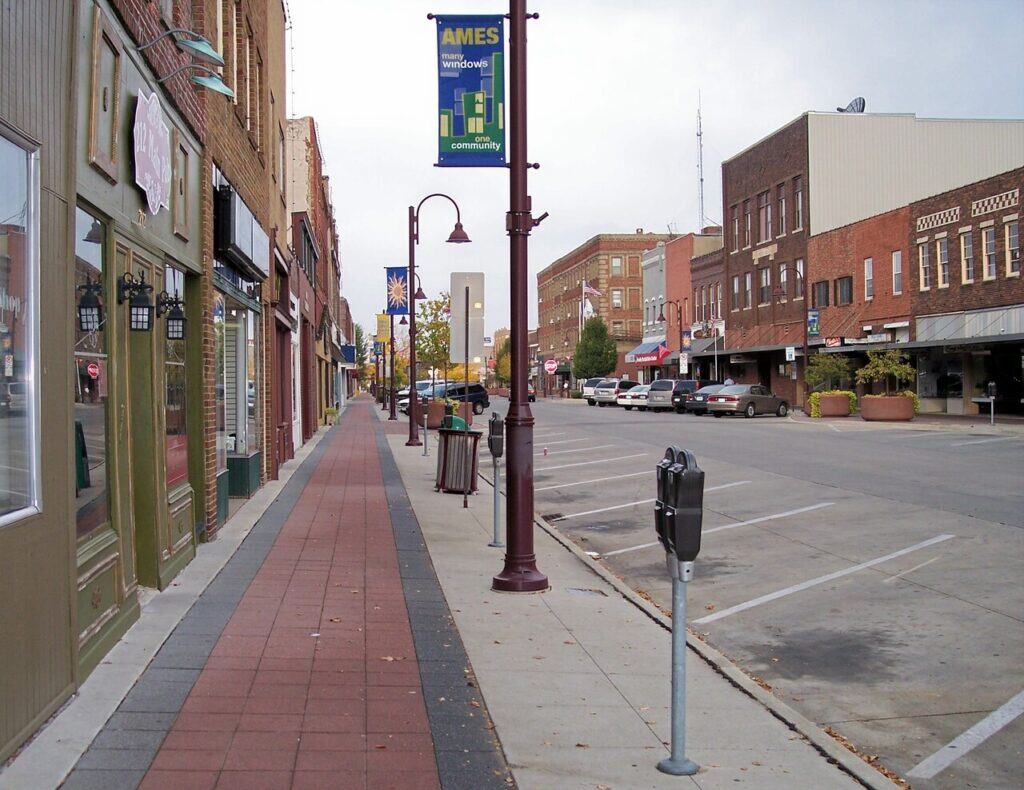
Ames is modest in scale, but its transit is surprisingly robust. CyRide, the city transit, benefits from student ridership (Iowa State University) but also serves the wider population. You’ll find frequent routes along main streets, plus service to residential subdivisions and employment clusters.Its success lies in balancing service levels with ridership realities. CyRide schedules match peak hours well; off-peak service doesn’t vanish entirely. Ames shows you can build reliable transit even where budgets are tight, if you concentrate resources where ridership will support them.
6. Santa Cruz, California
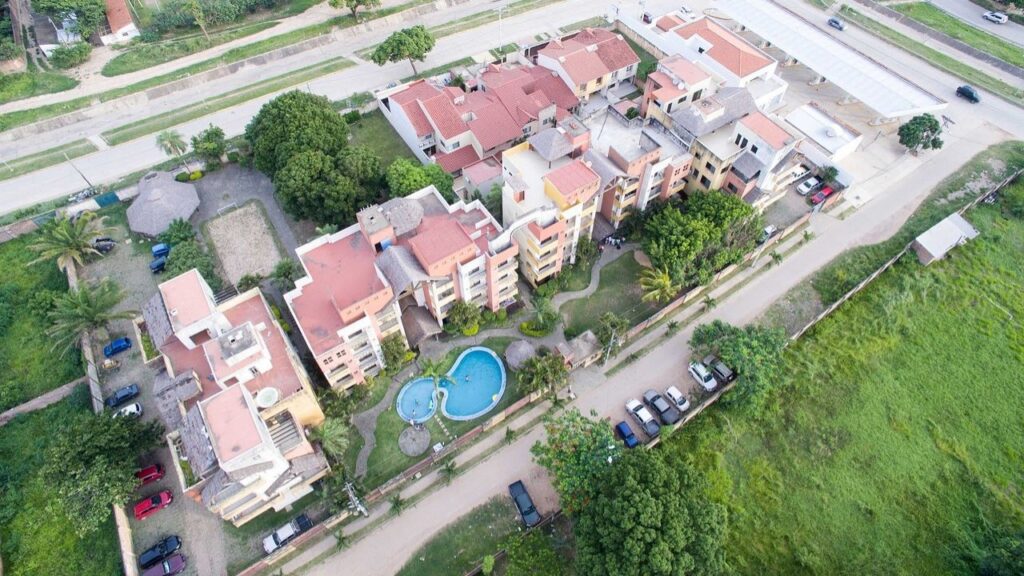
Santa Cruz’s transit system is more than just buses on coastal roads. Santa Cruz Metro operates a network that serves the city, neighboring towns, and also runs commuter routes toward San Jose. They also integrate with regional transit systems when possible. One point that stands out is that transit in Santa Cruz is part of broader mobility planning. Bike paths, pedestrian corridors, and transit stops are designed so transfers are smooth. For you, the lesson is that transit doesn’t succeed in a vacuum—you can boost its usefulness by linking it well with walking, bicycling, and other modes.
7. Tacoma, Washington
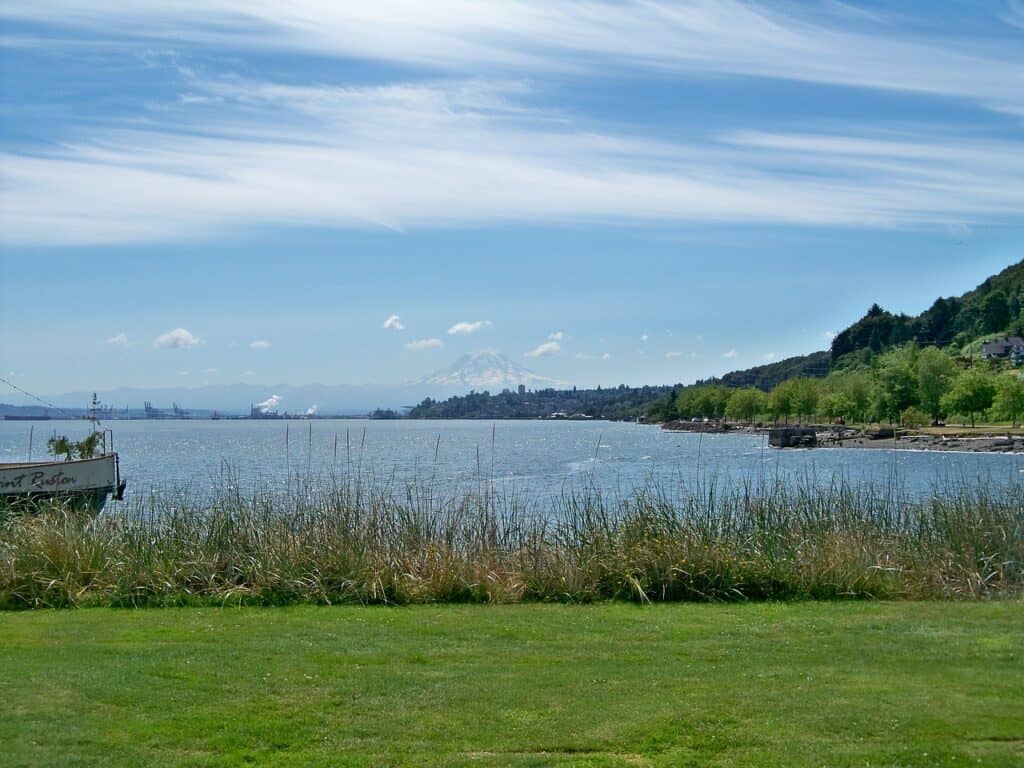
Tacoma has invested in a transit mix: buses, light rail (Sound Transit Link extension), and commuter ferry connections in the Puget Sound region. While not huge like Seattle, Tacoma’s setup lets people move around without needing a car for many trips.Tacoma’s strength is regional thinking. It doesn’t treat itself as isolated. By connecting to larger systems, it absorbs benefits of scale. If your city is smaller, think regionally cooperate beyond your boundaries to amplify transit impact.
8. Providence, Rhode Island
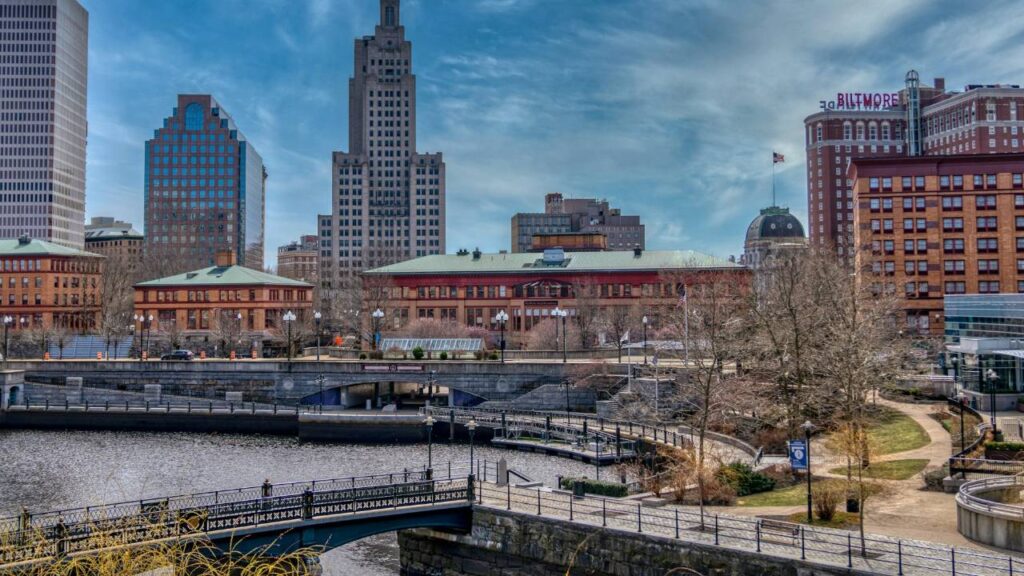
Providence sits between being a small city and a mid-sized one, yet its transit network is richer than many expect. RIPTA (Rhode Island Public Transit Authority) operates frequent bus routes, and the city is well connected with rail and ferry options. Because there’s coordination with neighboring states, Providence extends its reach.What sticks is how transit in Providence is part of regional life. People can cross state lines for work, education, or recreation using public transport. For you, that suggests transit’s power grows when you build beyond your city limits.
9. Santa Barbara, California
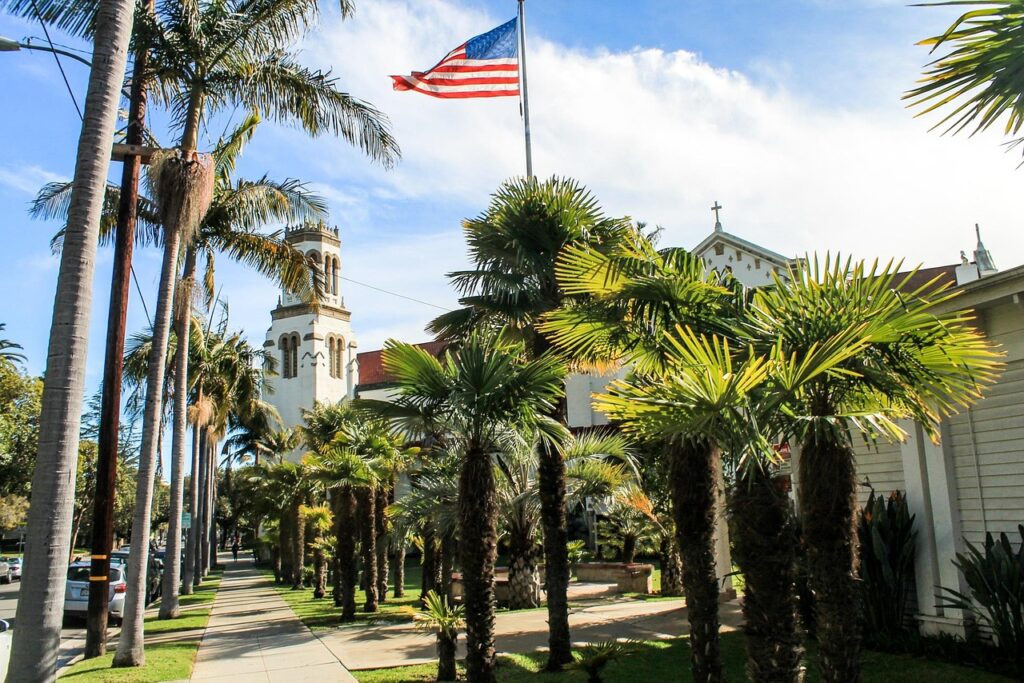
Santa Barbara’s beauty often draws attention, but its transit gets less credit. MTD (Metropolitan Transit District) runs frequent bus routes in the city and outlying areas, including coastal routes that connect several small towns. Because the terrain is linear (along the coast), buses are efficient. The key is geography: transit can succeed when routes map naturally to corridors people travel. In Santa Barbara’s case, the coastal line is obvious and high value. In your city, look for natural corridors (river valleys, main roads) to anchor transit.
10. Provo, Utah
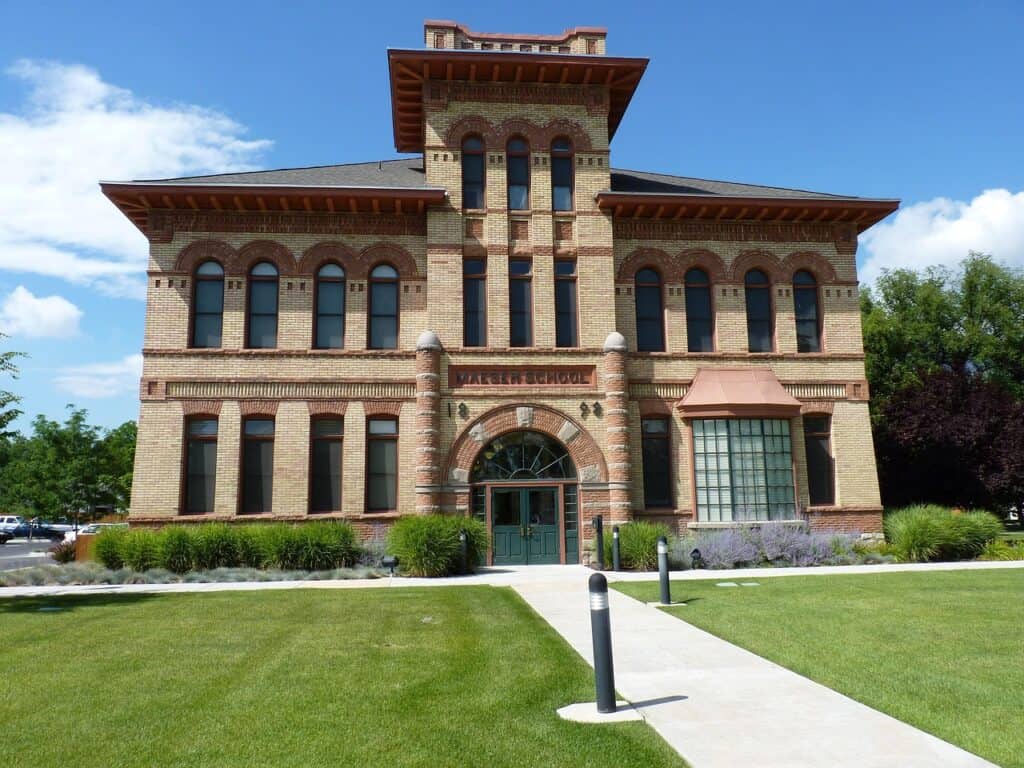
Provo, along the Wasatch Front, has a transit network that punches above its footprint. The Utah Transit Authority (UTA) services Provo with buses, express routes, and the FrontRunner commuter rail that links Provo to Salt Lake and Ogden. Locally, buses connect neighborhoods, universities, and business districts.
Provo’s success stems from integrating local and regional transit. The commuter rail gives long-haul reach, while local buses provide first/last mile service. Even a smaller city can enjoy multi-scale transit when planning aligns in region and city.